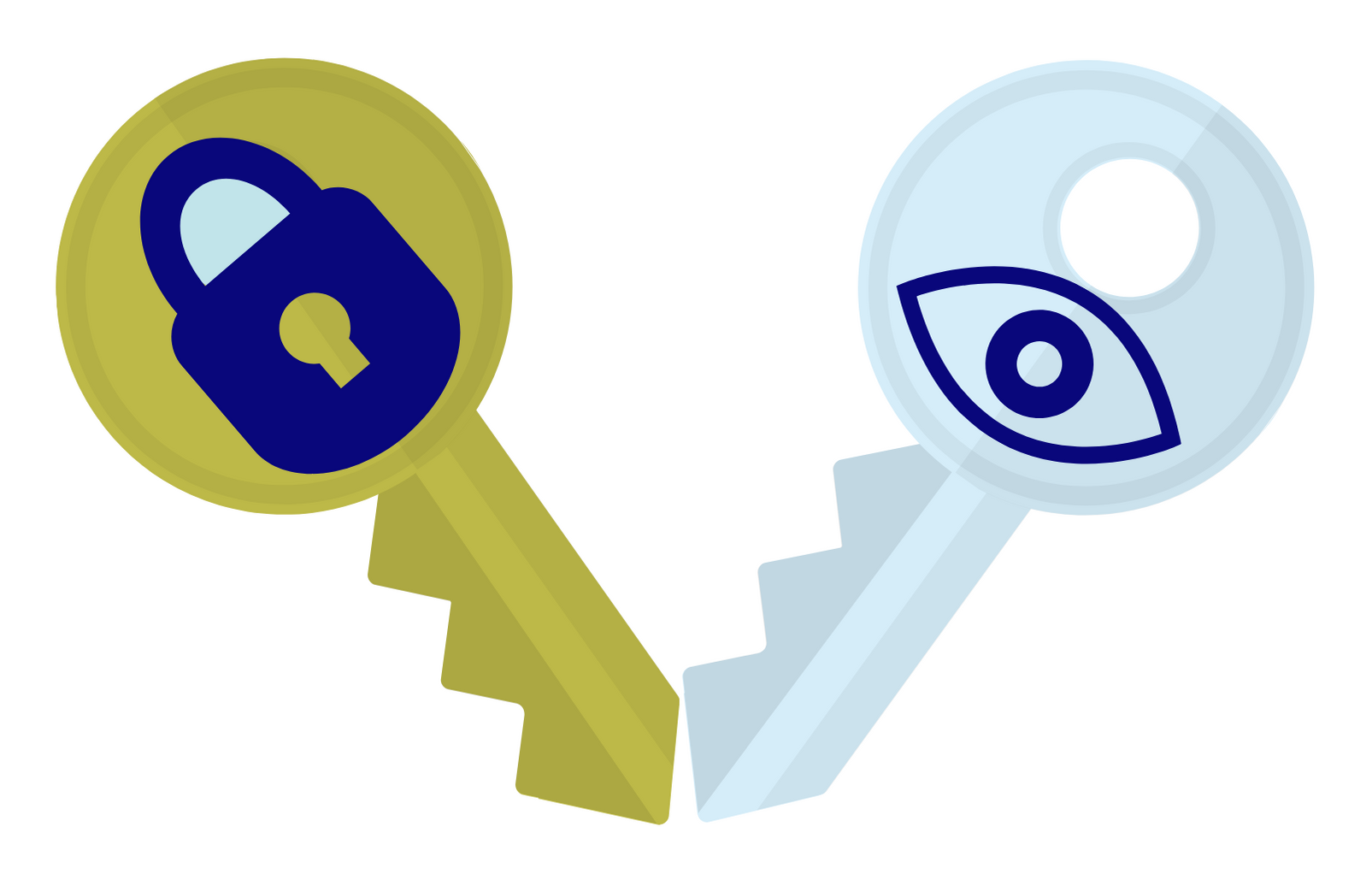About Blockchain
The first blockchain application is the now well-known virtual currency, ‘Bitcoin’. People often describe blockchain as a trust-free technology because of its expected potential to replace trusted third parties, such as banks. Banks ensure that one cannot spend the same money more than once in the digital world. For the first time, however, the cryptocurrency Bitcoin managed to address the double spend-problem for electronic transactions without the need for a trusted third party.
Even though blockchain received the most attention because of its applications within the field of fintech, there are many other possible ways that blockchain can be deployed. Think of using blockchain for debt assistance or for the automatic allocation of subsidies.



